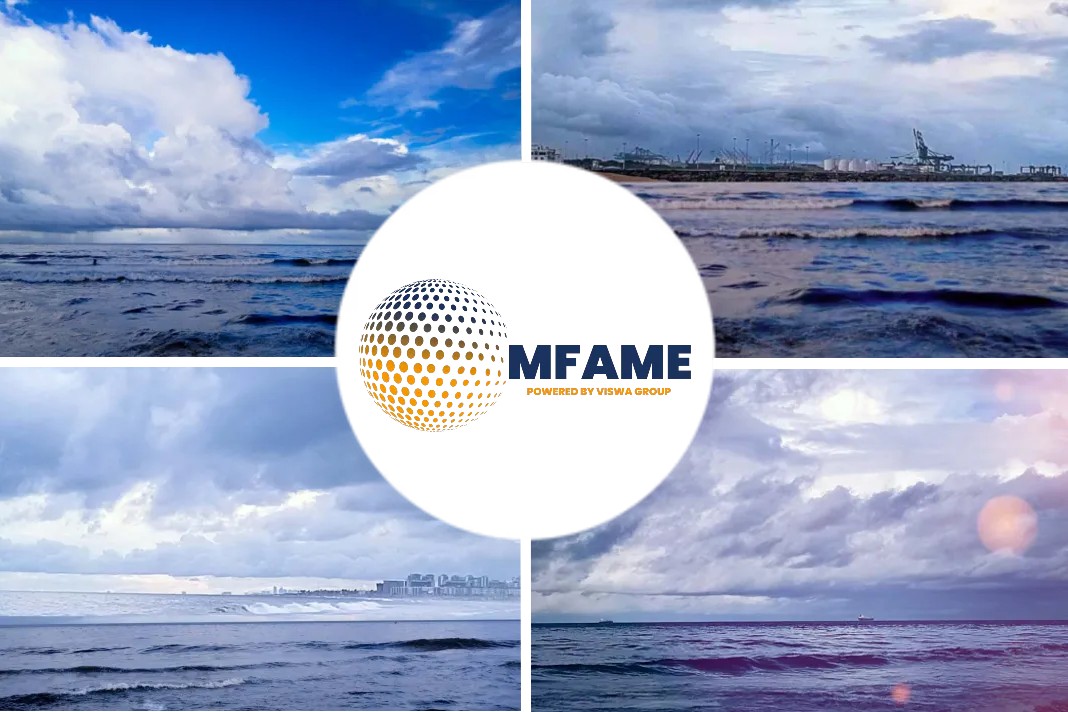Fresh concerns have been raised over the liner industry’s ability to recoup the increased fuel costs from IMO 2020, reports the Loadstar.
Good news and Cautious news
McKinsey partner Steve Saxon said there was “some good and some cautious news” for carriers in the run up to 1 January, when the new low-sulphur fuel regulation kicks in.
“The good news is there will be sufficient supply of low-sulphur fuel oil (LSFO),” he told delegates at the TPM Asia conference in Shenzhen last week.
“There will be some volatility in January, but very quickly this will come down to a moderate spread [the cost comparison with high-sulphur fuel].“
Mr Saxon added, “The caution I have is we’re less optimistic about the industry’s ability to push through the surcharges and BAFs [bunker adjustment factors] for the LSFO, and that’s because there are carriers with very different strategies and significantly lower cost bases.”
For example, M2 partners Maersk and MSC have taken a near-opposite approach, the former opting for primarily switching to LSFO and the latter investing heavily in scrubbers.
“With the oversupply carriers with scrubbers may look at it as an opportunity to win market share,” Mr Saxon said.
Spike in fuel costs
Parash Jain, global head of shipping and ports equity research at HSBC, pointed out that the fuel price was likely to rise to levels last seen in 2011.
“So it comes down to whether they can pass costs on, and that depends on supply and demand,” he said.
He further commented, “Come 2020, if demand should fall of a cliff, then the inherent competition will kick in and, on the one hand, you have a surcharge to capture all the fuel increase, but then your base rate could come down to zero.”
However, Rahul Kapoor, IHS Market’s vice president and head of research for maritime and trade, was more optimistic.
Increase in freight rates
“The container shipping industry has been subsidising its customers,” he claimed. “IMO 2020 and mergers and acquisitions have played into the hands of carriers. Over the next few years, my view is that freight rates will be higher.”
“Carriers have shown they can control weekly capacity better than before. We’re in a bad demand scenario and freight rates are still breaking even,” he added.
There are around 50 mega-vessels of 22,000 teu or above due to enter service within the next three years, however, and therefore the liner industry remains “very challenged”, according to McKinsey’s Mr Saxon.
Favorable balance between supply and demand
“Carriers have got better at managing weekly capacity, with more voids, faster changing of services and more layups, but those ships still exist and that is latent supply which is going to hold back any significant increases in freight rates,” said Mr Saxon.
He quoted, “There’s a lot of ships out there still in search of cargo and, with the lower demand growth we’re seeing now, together with new ship orders, it doesn’t make us terribly optimistic that the supply and demand balance is going to be favourable.”
Philip Damas, director and head of Drewry Supply Chain Advisors, said the strength of spot rates in December would give a good indication of whether the higher interim fuel costs were being passed on to shippers.
Did you subscribe to our daily newsletter?
It’s Free! Click here to Subscribe!
Source: The Loadstar























